With the launch of its excellent DB11, Aston Martin sales spiked 56 percent in 2017, with more than 5,100 cars sold, the most the company has shifted since 2008. Aston’s leader from 2014, Englishman Andy Palmer, is strongly optimistic about the prospects for the company, founded in 1913, over its next century, as the onetime senior Nissan executive explained to our New York bureau chief Jamie Kitman during a recent interview in New York City’s Chelsea district. This is part 1 of a three part series from that interview session, focusing on Aston Martin’s business and its coming products.
Jamie Kitman: So, I gather you’ve posted over a billion in revenue this year. Is that the first time ever?
Andy Palmer: Yes it is, yes.
JK: And to what do you attribute that?
AP: Brilliant CEO. No.
JK: Well, that’s on the list surely, but…

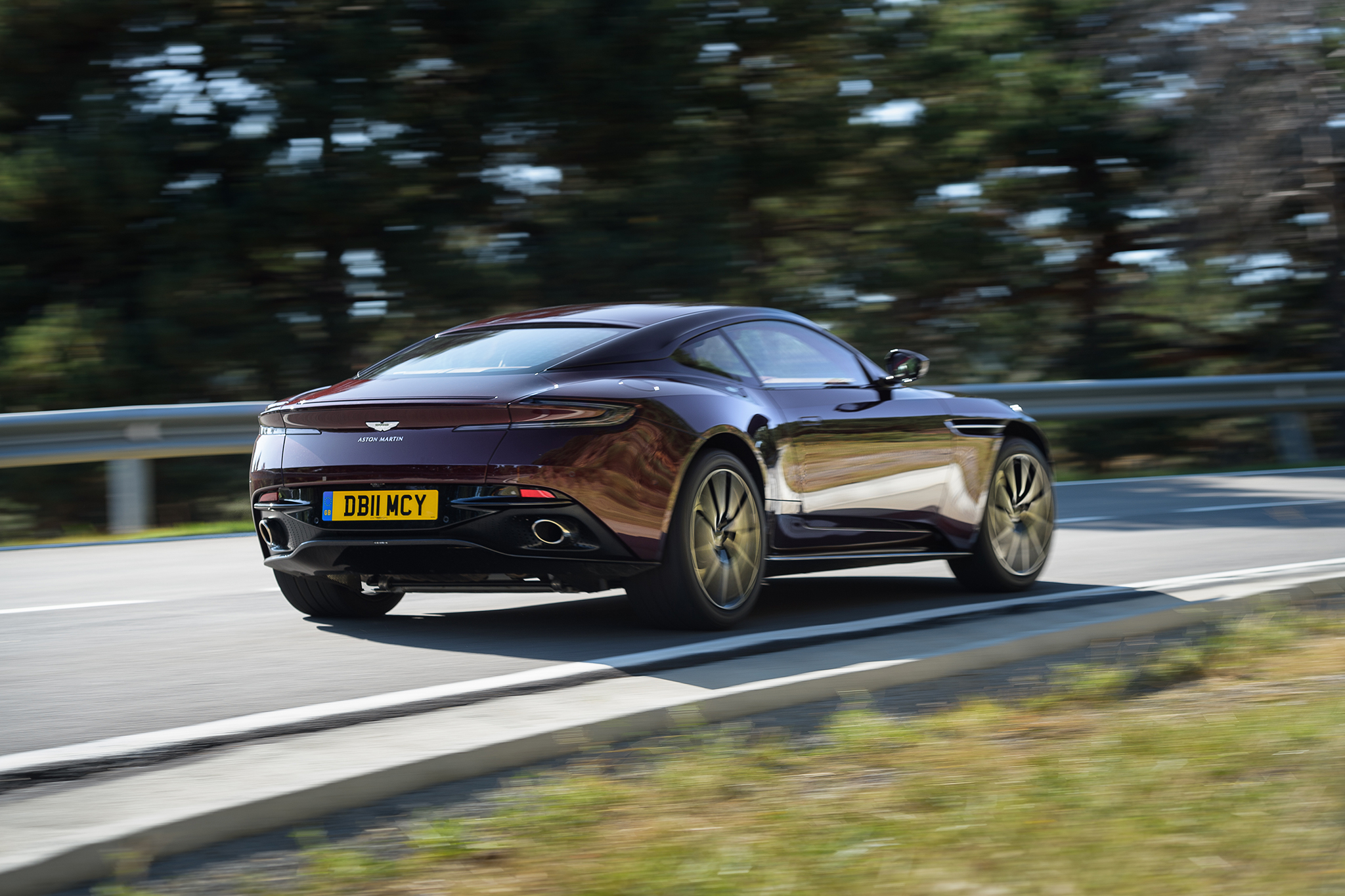
AP: No, I mean basically it’s a new momentum that we’ve got inside the company. Part of the answer is, from 2015 we started on this Second Century transformation plan, our turnaround plan. First two years were basically “get fit.” And some of that getting fit, of course, is painful, but what it ultimately does is yield a level of efficiency within the company. And the best way I can explain that is to use the balance sheet again.
In 2007, we made the most cars we ever made in our history, 7,200. Just before the end of shop, basically.
JK: Before what?
AP: Leaving shop.
JK: Leaving shop, that’s a euphemism for the economy cratering? I’ll have to remember that.
AP: The financial crisis. It’s what all us Brits call it. We have to blame somebody, right? We may as well blame the Americans.
JK: Yeah, well that we can all agree on.

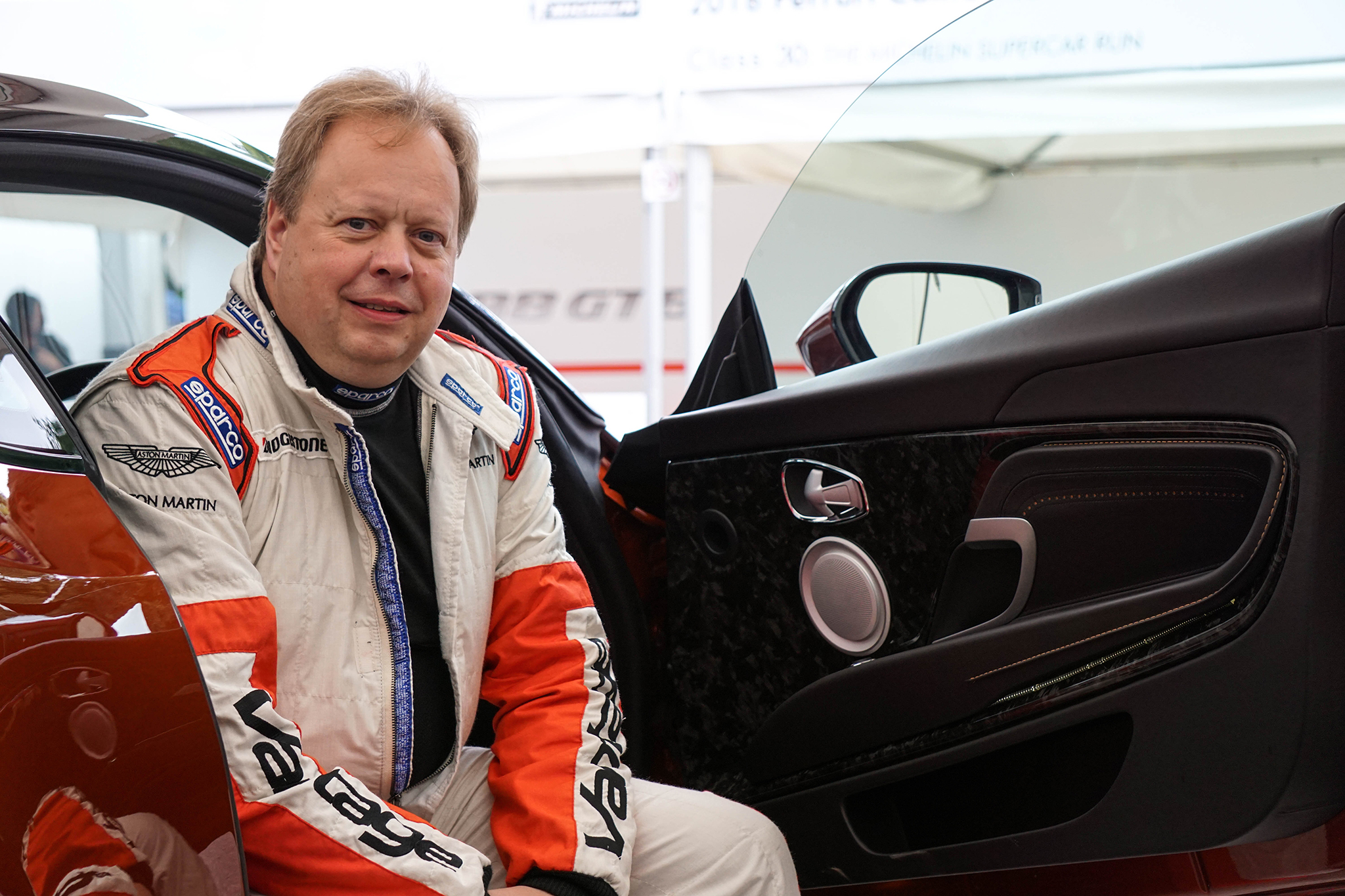
AP: So, 7,200 cars we made in EBITDA 92 million pounds, EBITDA [earnings before interest, taxes, depreciation and amortization] being a reasonable proxy for efficiency. In 2016, we sold 3,600 cars and we made 101 million pounds. So [we have] the highest level of EBITDA ever. Broadly speaking, on half the number of cars; the EBITDA per car is greater than twice. That gives you a sense of the efficiency that has to gone into discharging that car. Some of that comes in terms of operational efficiencies. Such as if you came and looked on the line you’d see an awful lot of Japanese way of producing a car, Kaizen, et cetera. So, we’ve been much more efficient at parts of the line, and assembling the car. We’re much more cost efficient than we used to be.
JK: Robots?
AP: No, we don’t use robots. No. It’s more about TAKT time, [how closely production rate matches customer demand] and use of the people most efficiently.
JK: Is the workforce smaller?
AP: When I joined, we were at 2,200 people. We took that down to 1,800. So, part of that, of course, were jobs. But that was mainly management jobs, which is basically where the inefficiency was occurring. Right now, we’re back up to 3,000 people. So, we’ve probably grown… We’ve grown the top and bottom lines in line with that. So, basically, we’re more on track than where we used to be.
JK: Of those 1,200 hires, how many do you think are managers, and how many are workers?
AP: Depending on how you really define management, I suppose. But, in terms of what we call the director level, and above, which is directors, and vice presidents, presidents, and CEOs, I think we can only talk about that 60 people being in that category. And then if you go out to the management groups, senior management group, this is about another hundred and something. So it’s mostly line workers, engineers.

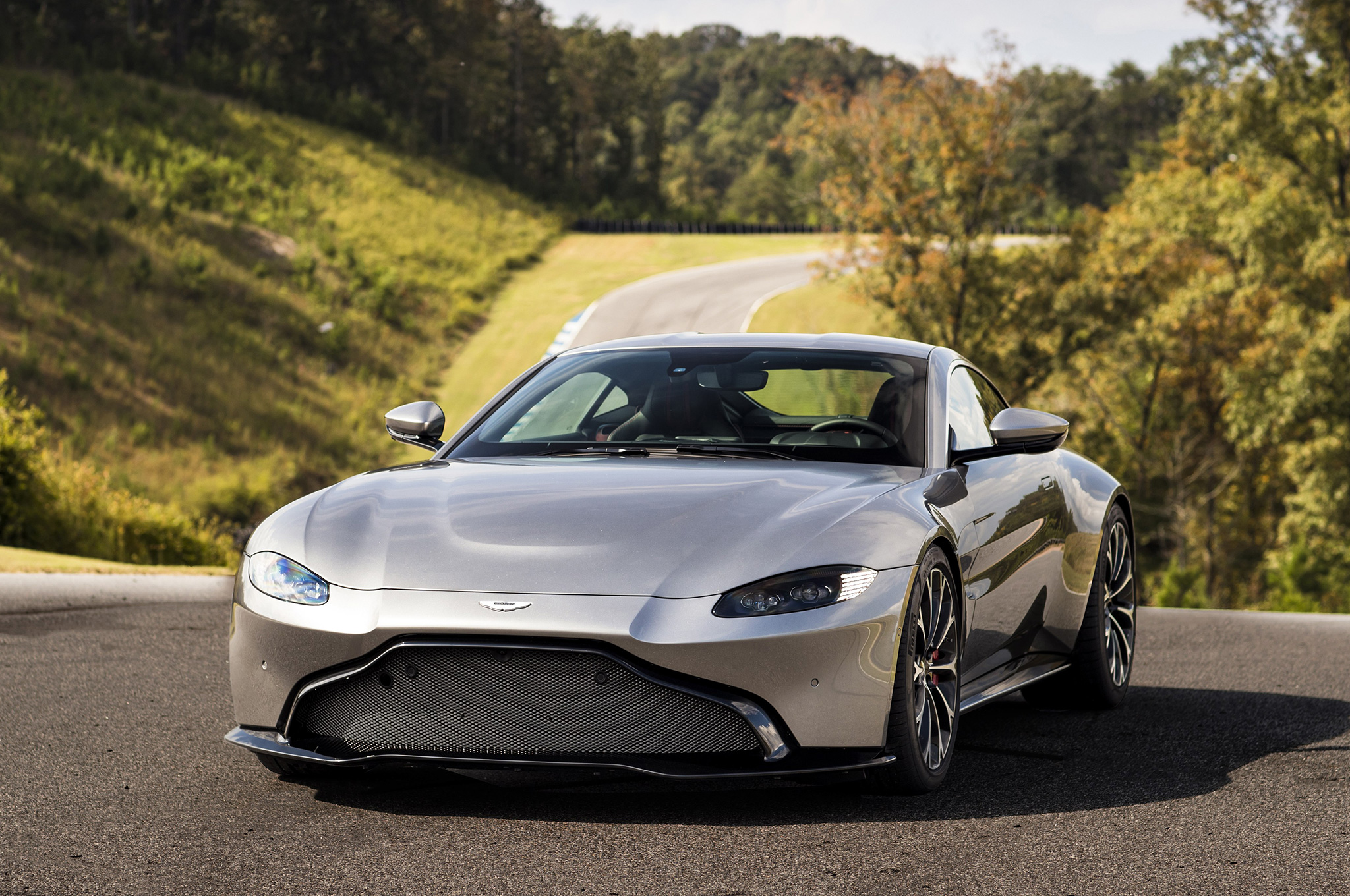
We’ve gone through that period of restructuring, which has made us… I won’t say a world-class… There is only one other world-class player, which is Ferrari, in our space. But, we’re well on the journey to being world class, and having processes, and procedures, which are efficient. And then, we start with the new cars. And what you’ve seen is the roll out of that first new car, which is the DB11.
JK: When you’re defining who the set is, and you say Ferrari’s really the only equivalent, is that in the fact that they’re independently owned, [since the IPO where FCA sold a major interest] as opposed to being Lamborghini, or Rolls-Royce, or Bentley?
AP: I guess I always looked to Ferrari as being essentially, part of the Fiat family. Because, they can draw on the efficiencies of Fiat. We’re the only really independent guys in that space. But normally, when I talk about a competitive set, I’m talking about Rolls-Royce, Bentley, Lamborghini, Ferrari, McLaren, ourselves, with a little bit of Maserati, and a little bit of Porsche, the top end of their ranges. That’s normally what we’re looking at. And when we’re looking at that competitive set, we’re now firm number two, in terms of global market share. We’re on course this year to do around about 5,000 cars. Ferrari, as you know, is on course to do about 8,000 cars.

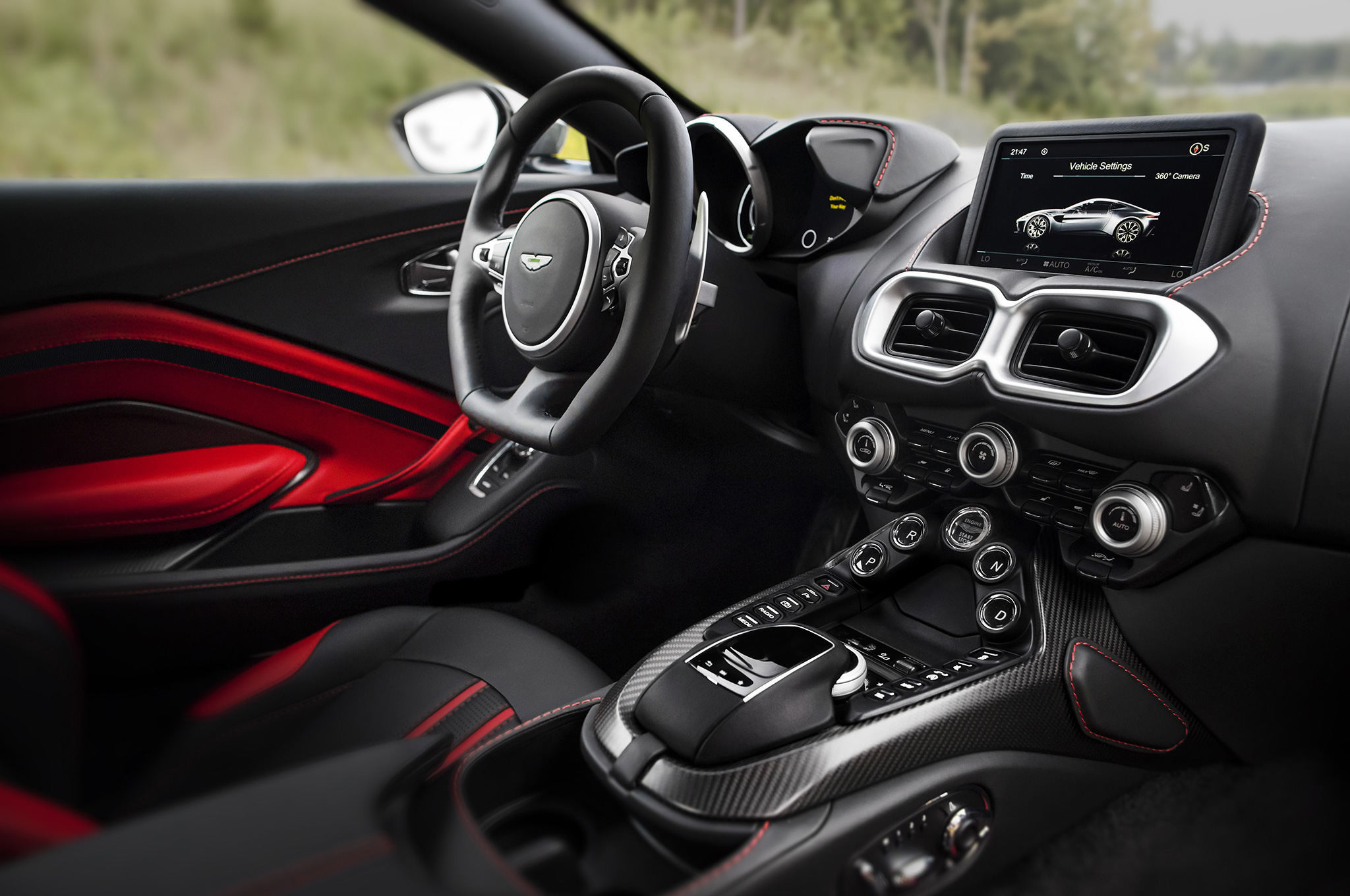
JK: Until they get their SUV going.
AP: Until they get the SUV. And the same for us. We get our SUV a lot earlier, of course. We often refer to our car as a crossover, rather than an SUV. We’re trying to… Not trying. We won’t launch an SUV that isn’t beautiful. That’s our raison d’etre. So, it’s all about getting those proportions right.
JK: Wish that some of your competitors had taken that advice.
AP: Yeah. You know, they’ve got their different reasons.
JK: Well, I remember when they showed the Bentayga for the first time, and every journalist there, like, gasped. And they were like, “It’s hideous!” Followed quickly by, “I bet they’ll sell every one they can build.”
AP: Yes.
JK: Which brings you to that weird intersection, where vulgarity is part of the point.

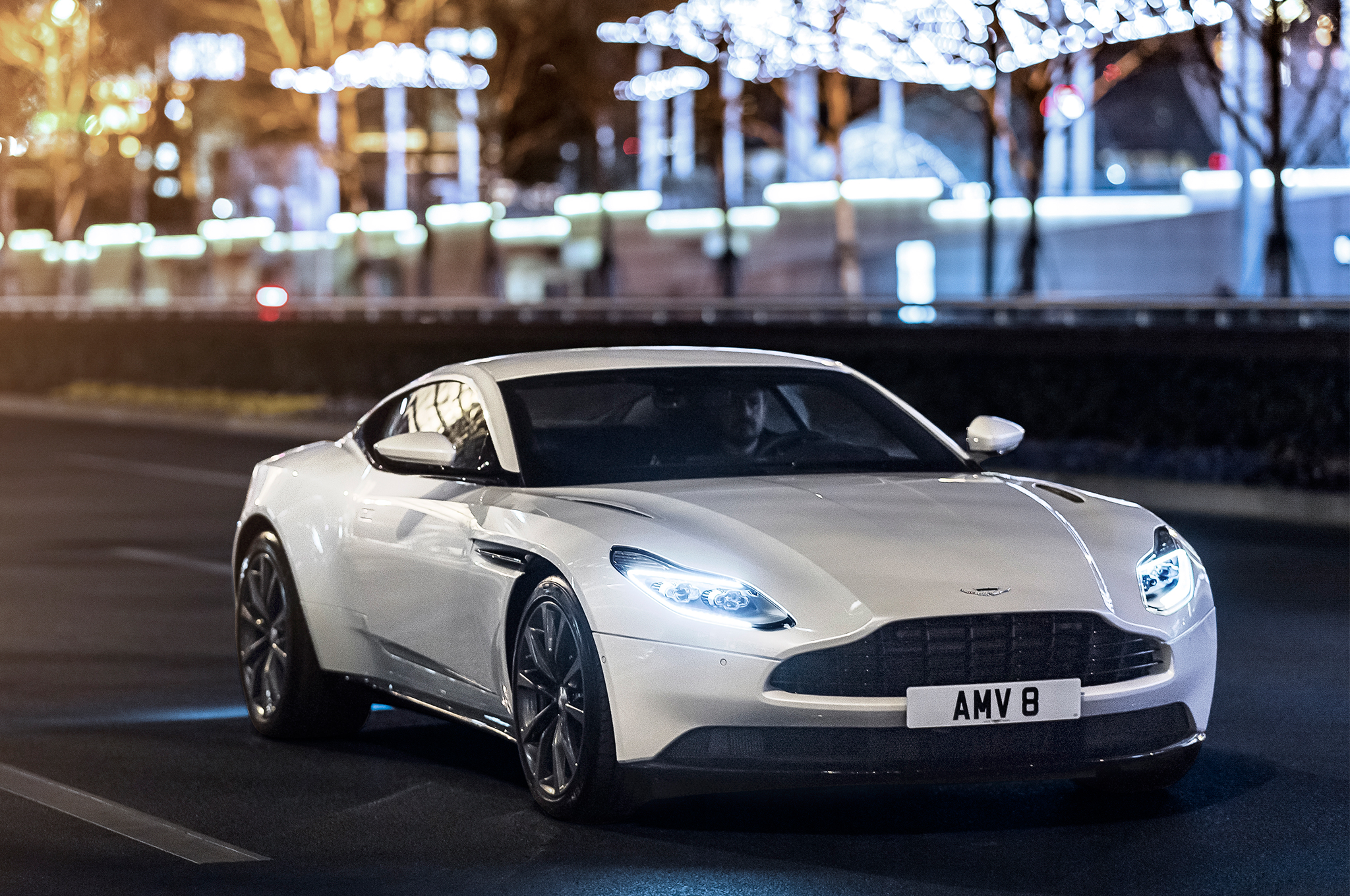
AP: You know, they [Bentley] essentially got to market first. They define the market today. Let’s see when there are three other competitors out there in the not-too-distant future with the Rolls, with the Lamborghini, and with us. Let’s see how the landscape looks then. I think what’s important for us, and what defines us from those other guys, is obviously our size. And people often say, ‘Can you survive, being a small independent player?’ And my view is, you can survive, as long as you’ve got a big brother. Technology, which is Daimler in our case. And as long as you use your advantage, which is speed. And as long as you know what you are. We can find our self like new teeth. Everything else is compromise. It’s all about this. It’s all about that timeless, Leonardo’s Golden Ratio, all over the car. When we look at a car, we can see it all over the car. That’s what defines us.
JK: Do you feel like the fact of the limited production, that that is a selling point?
AP: Yes.
JK: I always remember the time, around eight years ago, I was in Los Angeles, in one of the first [Bentley] Continental convertibles, and I pulled up to a four-way stop sign. And at the other three stop signs, there were Continentals. Four Continentals all around this one intersection, and the drivers all looked pretty embarrassed. Except for me. It was a brand cheapening moment.
AP: It’s like your wife turning up to a party with the same dress as somebody else, isn’t it? [Aston] lives in a world where we’re considered to be haute couture. So, every style is always different. And we’ll never make more than 7,000 sports cars a year. We’re going to have the volume be SUVs.
JK: Will SUV production have a cap on it as well?

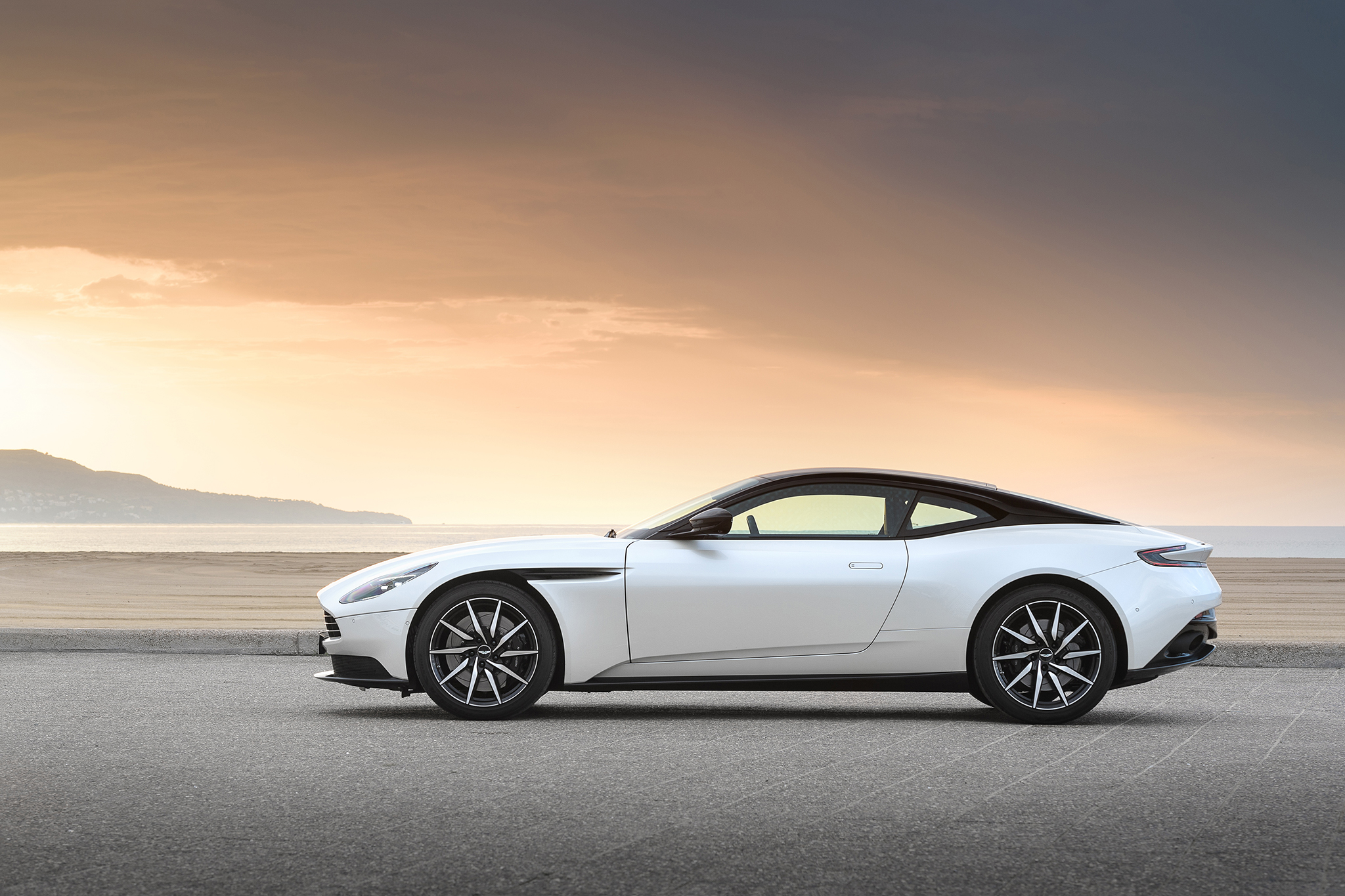
AP: It will. The capacity that we’re defining in our new factory in Wales is 5,000. It’s capable of going up to seven [thousand].
JK: So, it could be half your volume.
AP: SUV and Lagonda [could]. There’ll be three cars coming out of that plant—two Lagondas, and one Aston Martin SUV. So, if you want, a maximum of 14,000 cars, albeit not at Day One, divided by two plants. We think that the correct size for an haute couture maker like us, is essentially defined by Luca [Montezemolo, of Ferrari] with somewhere between seven and 10,000 cars.
JK: Right. Before he was gone and Ferrari got rid of that cap.
AP: Yep. But, you know, if you want to go into maths, then you go from a scale of 10,000 a year, let’s say? And you’ve immediately got to get to a Porsche volume of 200,000, this big jump. And Porsche’s almost in a unique space. Because if we want to go into premiums, which is the next step, that’s a million cars. So, you get to define who you are. Very clearly, you can define the value of the company. Let’s call it luxury, for profits and market capitalization. Look to companies like Hermes, Richemont, LVMH. They’re giving a multiple on EBITDA, right around 20 times. Whereas, a good car company like BMW, gets a multiple on EBITDA, around four and a half times.
JK: Right. So Ferrari’s valuation was like five times [its EBITDA]?

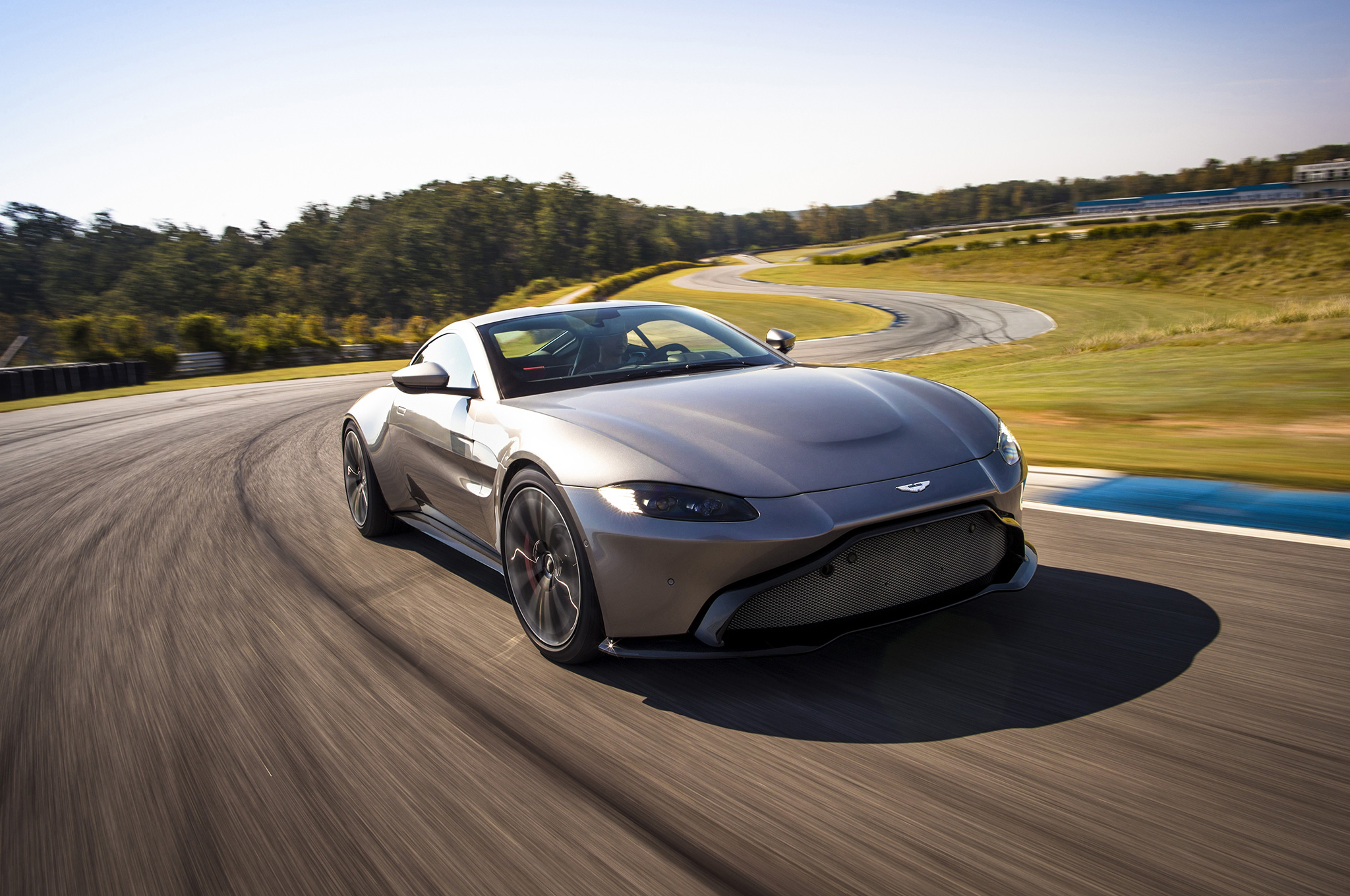
AP: No! More like 18 times higher. And I would argue… Well, our decision is we play in that space. We’re not going to be a Maserati. We’re not going to be a Porsche. We’re going to play in that little pitch of space. And therefore, our market capitalization will be defined by good levels of EBITDA, but then a large multiple, because we’re in that luxury space.
JK: Right. By that reckoning, the company’s already worth a few billion more than you paid for it. What do you reckon?
AP: I mean, you can do the calculation. We’re projecting 180 million pounds of EBITDA this year. So, you know, pick a multiple.
JK: Like if it was 18 times that.
AP: Eighteen times, yeah.
JK: That’s three billion. Or more.
AP: Yeah [According to a January 2018 Bloomberg report, Aston is in discussions with London financial advisors about an IPO that could value it as high as £6.8 billion].
JK: And when Ford sold the company in 2007 to Prodrive, it was for $725 million [Today it’s owned by Investindustrial Advisors, a hedge fund, and Kuwaiti investors]. So, strangely, it’s turned out to be an all right business.


AP: You know, I made a, what some people will say, stupid decision at the time [by leaving Nissan.] But, my conviction was that this is a great business. It was just waiting to be picked up by the scruff, and dragged in the right direction. I’m deeply, deeply, convinced that an Aston Martin brand, which is so strong, multiplied by an efficient business, and a compelling business plan, is a great, great business proposition.
JK: Going back I’d like to speak about that business proposition, as it relates to the aluminum VH platform, upon which the first post-Ford car, the DB9, was based. When that came in, it was as if the clouds lifted, and the sky was bright again at Aston, and there was this great future. And Dr. Bez could go on and on about what was going to happen next, with this configurable architecture. And it all seemed very scientific and compelling.
Maybe you could walk us through that, because it just seemed to be that suddenly, the situation seemed dire, stale, hopeless. And from an outside perspective, it now seems almost like a switch was flicked again, that the amount of optimism and somehow the fundamentals have changed. And I wanted to ask you both about what went wrong? And what’s gone right?
AP: So the very, very basic problem of Aston was essentially, two-fold if you boil it down to its very simple basics. One, it was largely dependent upon the UK, particularly the sports car market in the UK. So its portfolio was very narrow. And we’ve all done casino games, and business school, and obviously what you want to do is spread the risk, and widen your portfolio. It was a fundamental issue. And the second was one of tempo. You can’t launch, and leave. If you launch and leave, you’ll have one or two good years with a new product.

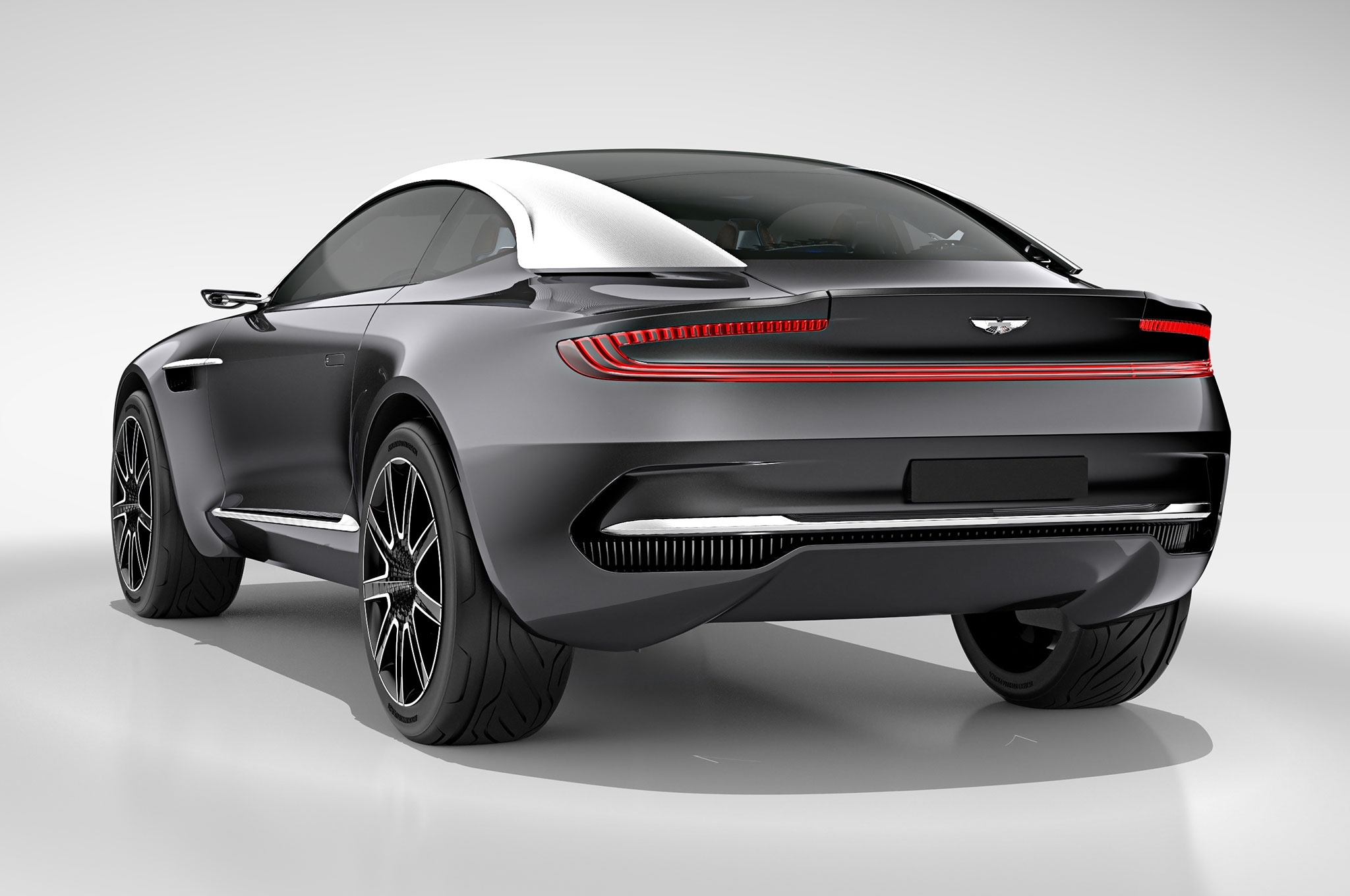
But, you have the natural aging cycle. So, you’ve got these great sales at the beginning, and it gradually ebbs away. And then you need to do a minor facelift. You need to do your annual model years. So, you need tempo. And the tempo is not just with one car. You need boom, boom, boom, boom, boom. You need a range of cars. So ultimately, what you get back to is a very simple diagnosis, which is, what’s the segment you want to play in?
OK, so we’re at the very beginning, October 2014, presented to the board in January 2015. This is the market in which we play. This is the ballpark. And the ballpark is basically, all luxury vehicles. And our customers-only body is defined as high net worth, which is more than $1 million of free cash to spend. And there 16 million of these people out there [in the world.] So, it’s not a small market.
JK: That’s not very many people.
AP: Only trying to sell 7,000 cars a year.
JK: To 16 million people.
AP: Exactly. Even with the six players, it’s more than enough. And most of them are not buying necessarily luxury cars today. They have a garage full of cars, of course. So, then you define that and you say, OK. Let’s cluster those people with their attitudes, and what they have in the garage. And when we did that, we ended up with seven major clusters, and lots of little clusters. The little clusters we said, we’ll do those with a special.
So, for example, right in the top right-hand corner of that chart, there’s a LaFerrari, and a McLaren [P1,] and we said, okay, that’s what that does. We can attack that with 150 special cars. We can define a motorcar in those clusters. That’s what we did. If we do seven cars, we can be the only luxury car company, which is the go to for any of the clusters.
And those seven cars were defined by DB11, the Vantage, the Vanquish replacement, the DBX, mid-engine sports car to compete with the [Ferrari] 488, a Lagonda one, and Lagonda two, broadly speaking.
JK: But what are the clusters, if you could describe them? Or are they just really, car-genus clusters?

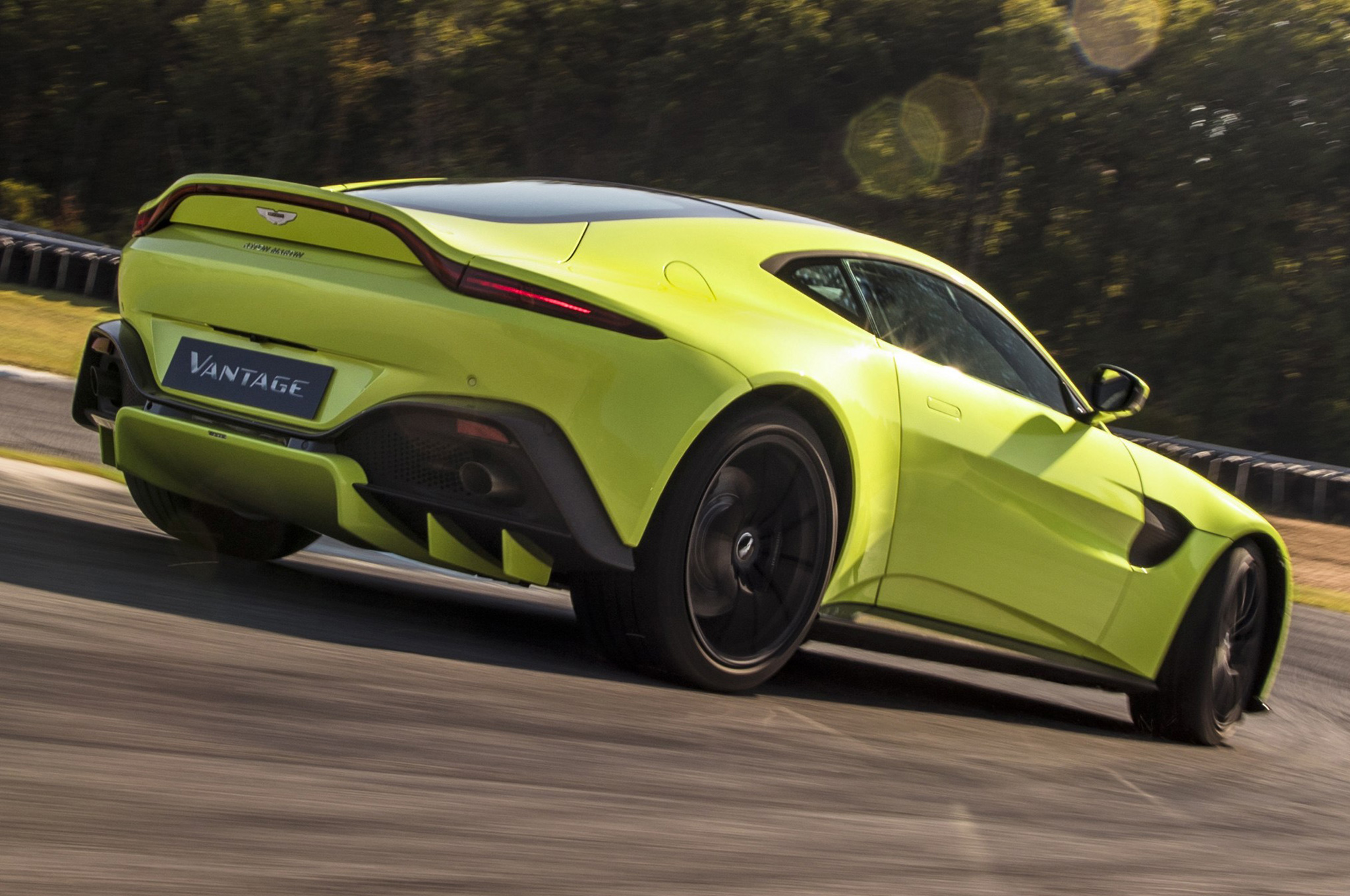
AP: They’re customer clusters. Customer needs. We define a proxy customer. We look at customer needs, latent needs, explicit needs, basically, on an axis. Normally, of focus versus utility. So, for example, if you do that, the more utility end of the business, would be something like a Porsche Cayenne. The very focused area would be something like LaFerrari. But you’re specifically looking at the customer, not the cars that are on sale.
I mean a customer for a [Range Rover] Evoque, for example, who’s not limited by money, but is limited by fashion, could equally be a DBX customer. But, she isn’t buying that today, because she doesn’t see a beautiful car that defines her needs. She’s either in a new Evoque, or a Mini, but she has the cash to go into a DBX. If you did this traditional segmentation of the market, she’s defined as a C-segment, sedan person, or hatchback. And you never see her.
But look at latent needs, then you find and define the customer. So, for example, the next generation Vantage is defined as a 38-year-old German banker called Marcus, and then you create this persona around it. Which is a kind of coupling together of similar types of people that have the same way of thinking. Appreciate Anglo-Saxon design. Appreciate handmade. Want a weekend warrior, they can go and do track days with. This is where you’re starting to get to the definition of the customer. And then, you design with that in mind.
What we’ve defined is basically those seven clusters. And what we’ve said, is 2016: DB11, ’17: Vantage, ’18: the Vanquish, ’19: DBX, ’20: mid-engine sports car, ’21: Lagonda one, ’22: Lagonda two. Seven cars… Each car, seven-year life.
Copy, repeat, copy, repeat, copy, repeat. And now, you haven’t got this boom/bust, you haven’t got to go out and suddenly spend a billion dollars on creating a new car, and walk away from it for 12 years.
The other thing that’s important, that each of those… If you’ve done your cluster needs study well enough, you can’t have Russian dolls anymore. Each car has to have its own personality. Each car needs to look different.

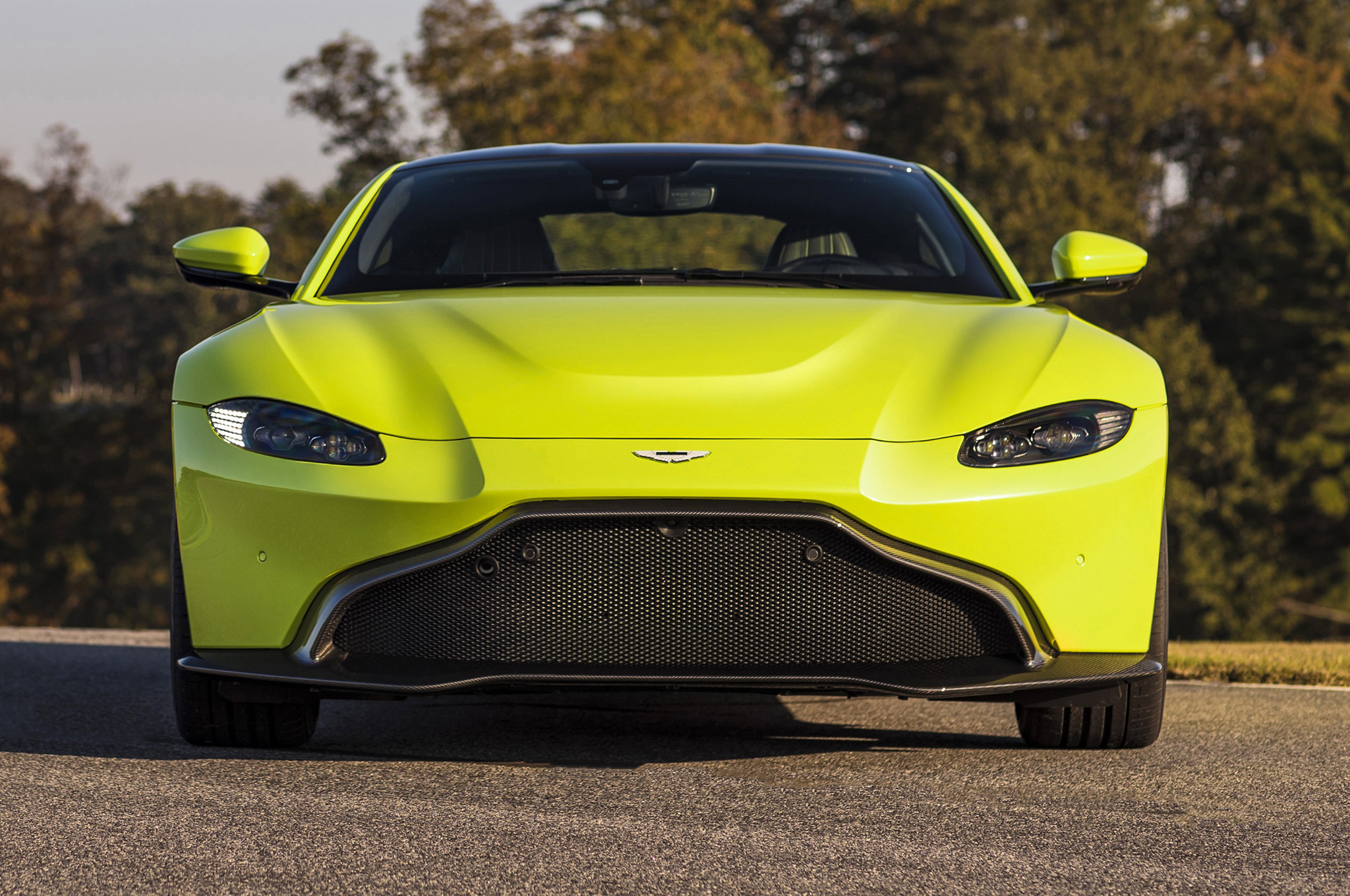
JK: That was a criticism. Now, surely your predecessors [at Aston] were smart. They must have recognized all of this. How did they fail [to get it right]… Were they just undercapitalized, or understaffed, under thought out?
AP: Well, I mean, when I agreed to join, it was under the mandate of ‘I need the equity into the company to do the first full cars. After that, I’ll never come back to you for more equity. I’ll have enough free cash flow to generate the business. But, you need to kickstart me.’ And I don’t think the company ever had more than one car’s worth of cash. And even then, maybe not even one car’s worth of cash.
JK: So, they were hamstrung.
AP: Yeah. It’s not me being brilliant. I think, basically, I have this unique opportunity, being inside private equity, where they give you time. You’re in the hospital ward, and you’ve got time. You’ve got time to recover, and you’ve got time to get fit. By the time the private equity groups do whatever they want to do with us, it’s their decision. But, we’re up to being an Olympic sprinter. We’ve been given that time to get there.
